Supreme Court Urges West Bengal Teachers to Follow Recruitment Order, Avoid Protests
- ByAdmin --
- 25 Jun 2025 --
- 0 Comments
In a recent ruling, the Supreme Court of India addressed the ongoing recruitment dispute involving teachers in West Bengal, urging them to respect an earlier recruitment order instead of resorting to public protests. This move highlights the judiciary’s attempt to balance individual grievances with the larger interests of the education sector.
The Background
The controversy began with allegations of irregularities in the recruitment of primary school teachers by the West Bengal Board of Primary Education (WBBPE). Candidates claimed the process was marred by favoritism, lack of transparency, and procedural lapses.
Following these allegations, legal interventions led to several corrective measures. Some recruitments were canceled, while others were reviewed. However, discontent remained among a section of the affected candidates, leading to protests demanding more sweeping changes.
What the Supreme Court Said
The Supreme Court offered a clear message to the protesting teachers:
- Adhere to the Law: The Court reminded teachers to respect its earlier recruitment orders, emphasizing that protests should not undermine judicial authority.
- Rule of Law Above All: It stressed that grievances should be resolved through legal means, not through disruptions that could affect public trust in institutions.
- Focus on Education: The Court pointed out that prolonged unrest jeopardizes the functioning of schools, ultimately harming students.
The Legal Lens
The case revolves around principles of fairness, equality, and accountability, rooted in the Indian Constitution and other laws:
- Equality Before Law (Article 14): Teachers alleged recruitment violations that breached the right to equality.
- Right to Education (Article 21A): The Court acknowledged the potential impact of such disputes on the education of students.
- State Regulations: Laws like the West Bengal Primary Education Act, 1973, guided the legal assessment of the recruitment processes.
The Larger Implications
This judgment holds significance for several reasons:
- Judicial Authority: By emphasizing adherence to its orders, the Court reaffirmed its role in resolving governance challenges.
- Educational Stability: The verdict seeks to prevent disruptions in schools, ensuring students' academic journeys remain uninterrupted.
- Fair Recruitment Practices: It signals the need for governments to uphold merit and transparency in public service hiring.
Supreme Court’s Suggestions
To resolve the ongoing conflict and prevent future ones, the Court made some key recommendations:
- Resolve Through Courts: Teachers were encouraged to rely on legal remedies, like appeals or reviews, instead of street protests.
- Transparent Hiring: Authorities were urged to make recruitment processes more transparent and objective.
- Grievance Redressal: The Court emphasized the need for better systems to address recruitment complaints efficiently.
What It Means for Governance
This case offers valuable lessons for the broader public service ecosystem:
- Strengthen Recruitment Systems: A robust, merit-based process can prevent such disputes.
- Judiciary’s Balancing Act: The case demonstrates the judiciary's ability to balance institutional processes and individual rights.
- Fostering Collaboration: Constructive dialogue among stakeholders—teachers, officials, and boards—can ensure smoother governance.
Conclusion
The Supreme Court’s advice to teachers to abide by legal directives instead of protesting reflects its focus on upholding the rule of law. It also sends a message about the importance of transparency and fairness in governance. While this intervention seeks to address immediate concerns, it also calls for systemic reforms to avoid similar disputes in the future. By promoting legal compliance and institutional accountability, the Court has once again reinforced its role as a guardian of justice and order.

























































































































































































































































































































































































































































































































































































































































































































































































































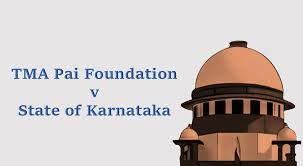


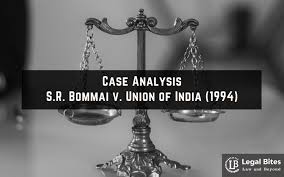





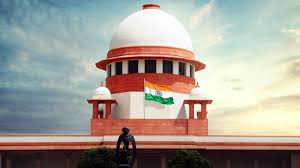


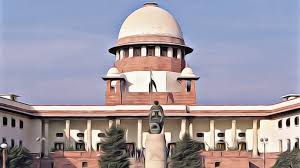

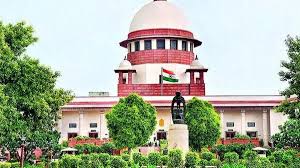









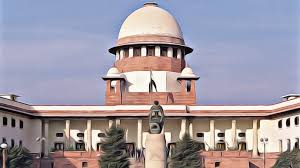




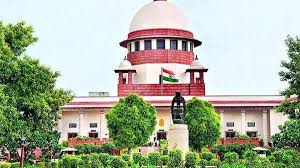



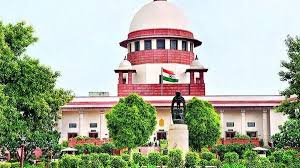
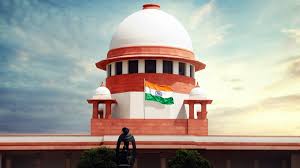



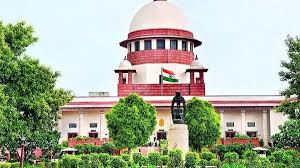
















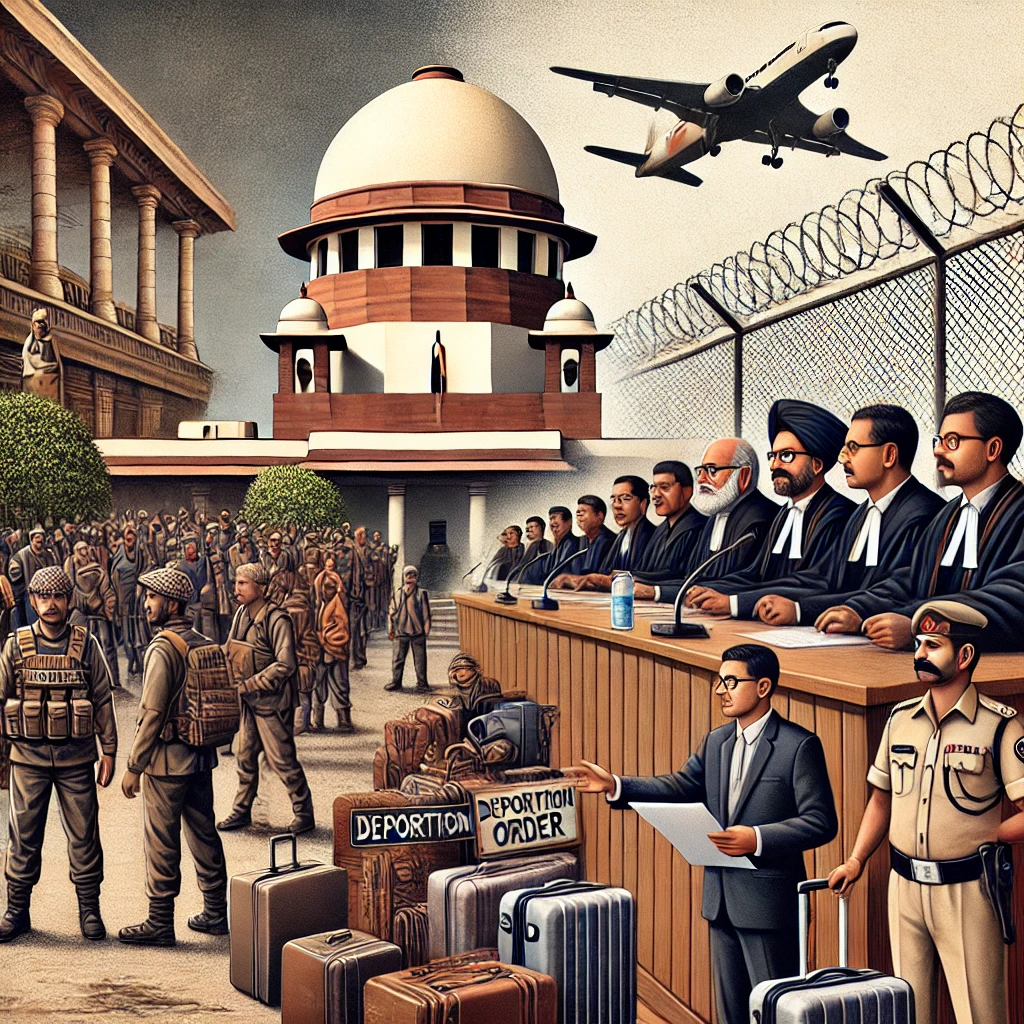
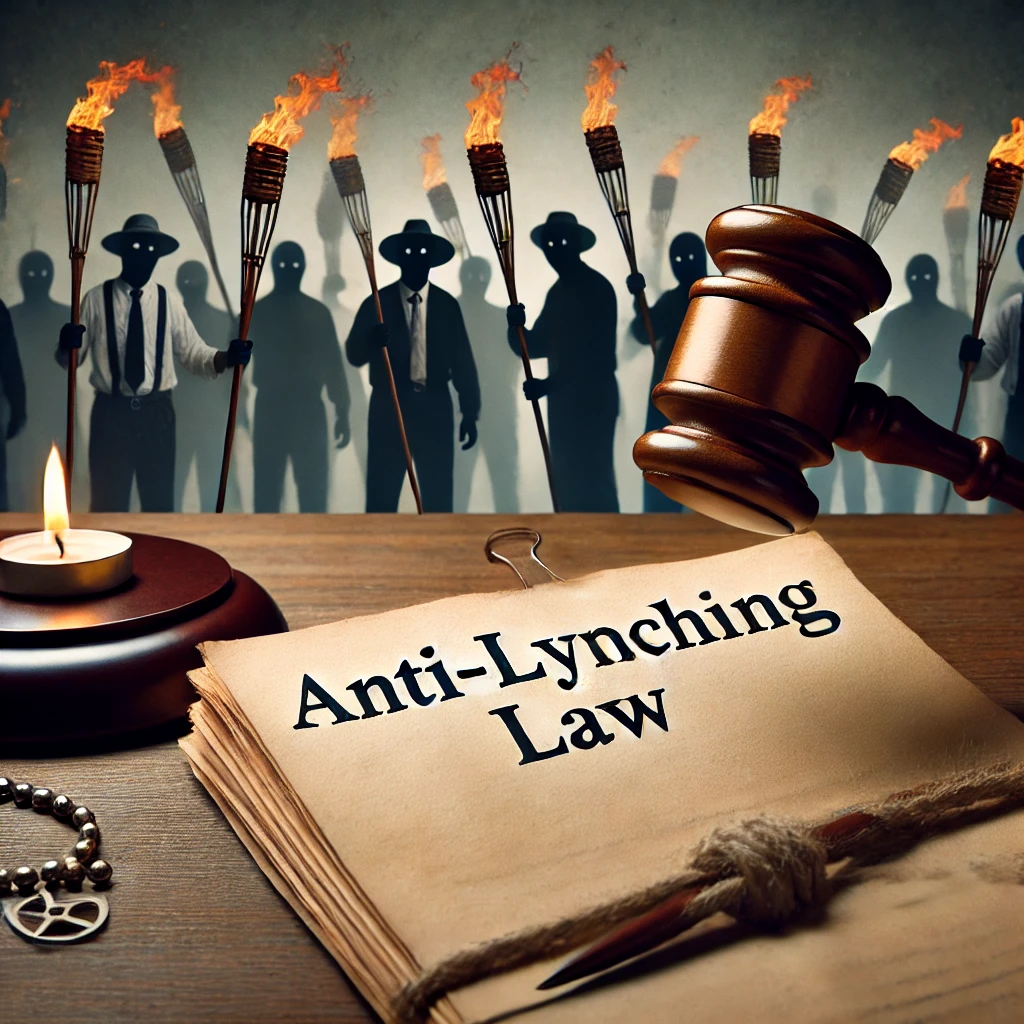
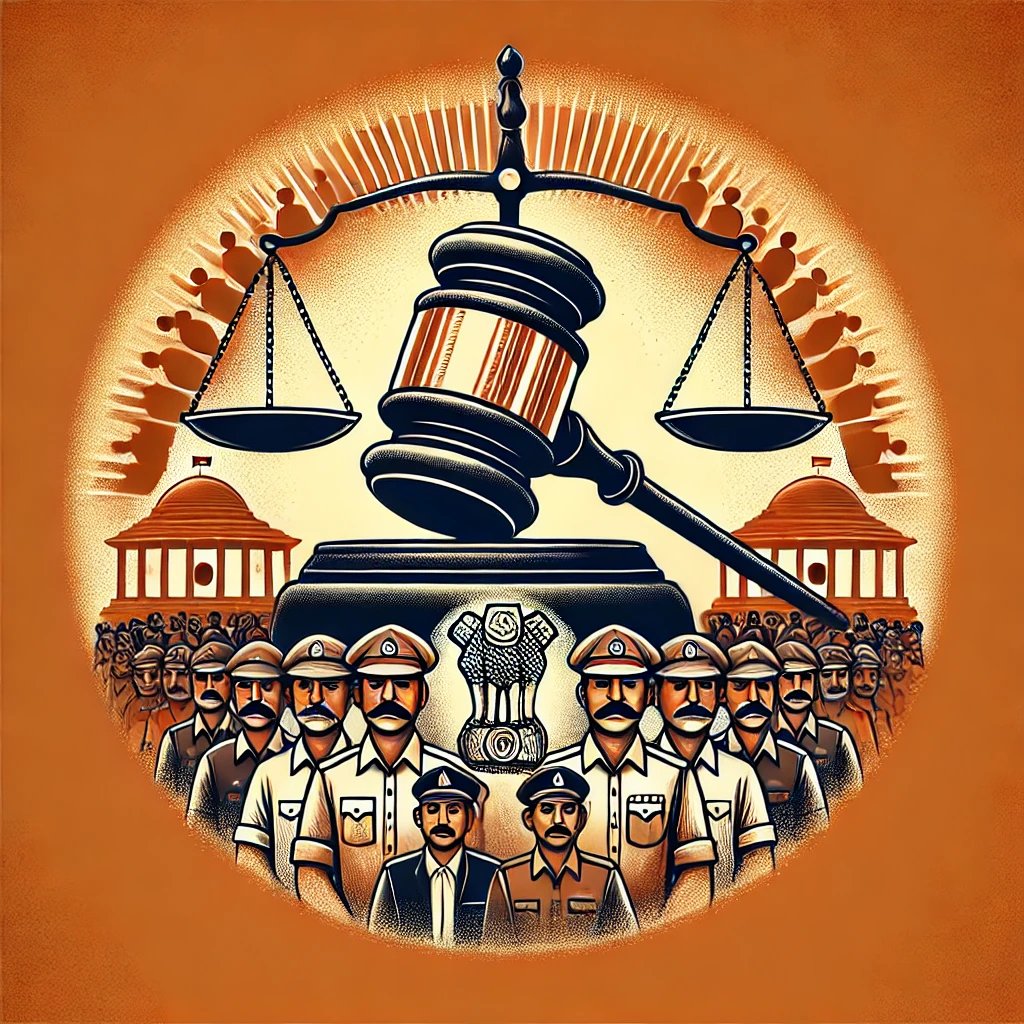

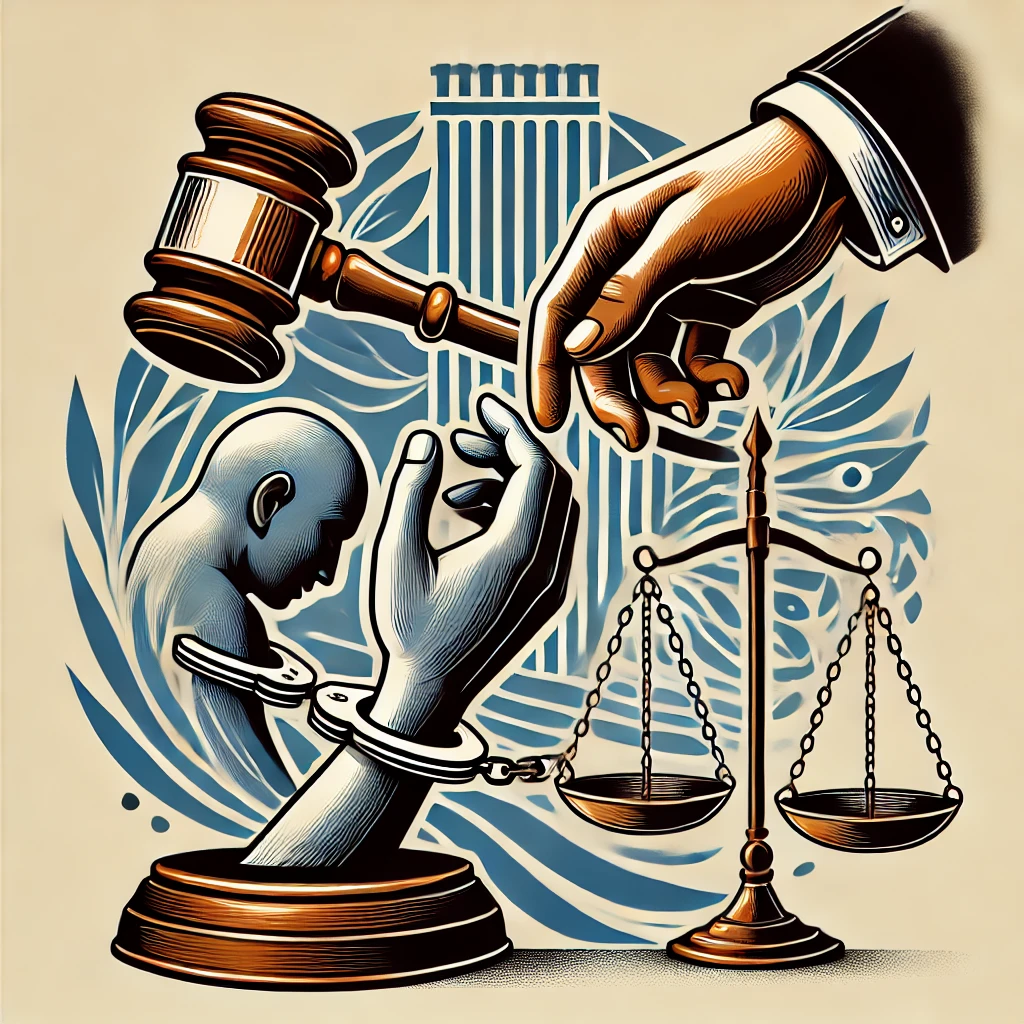
















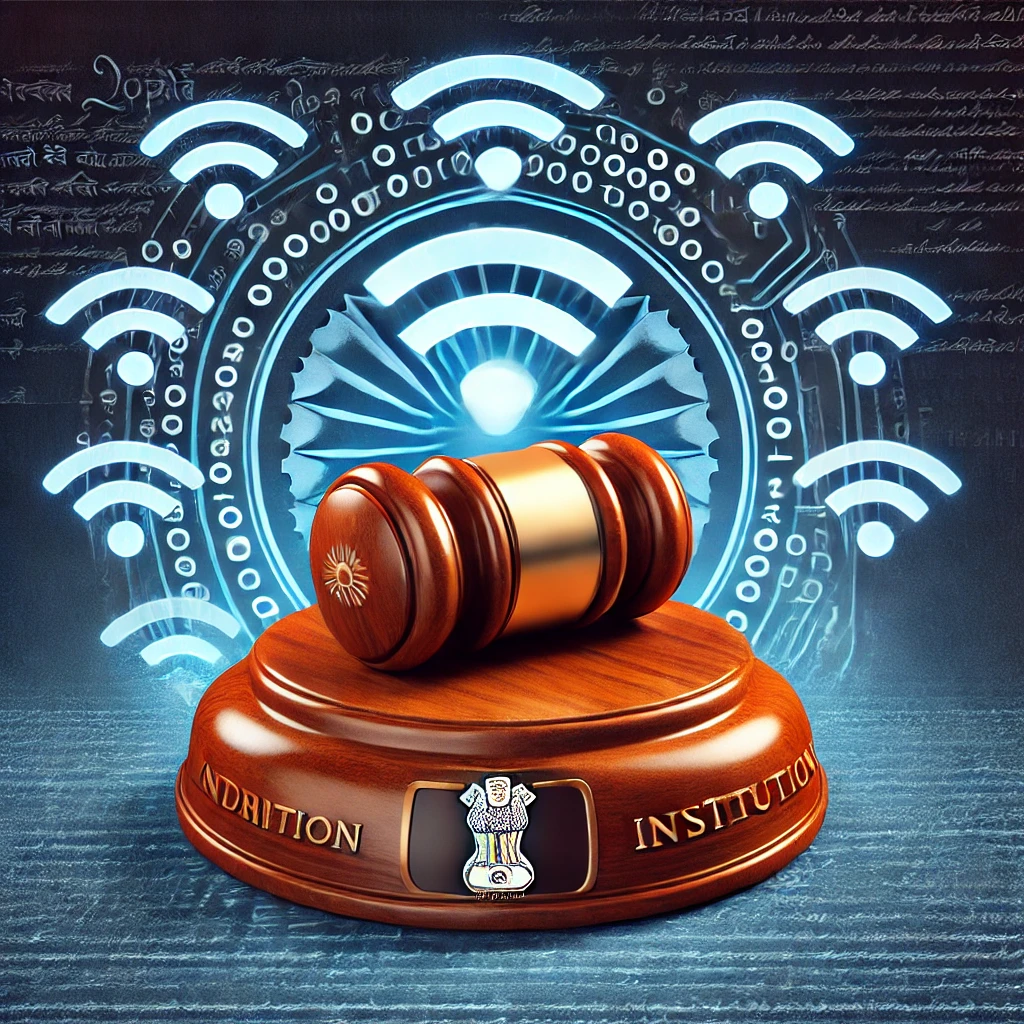
















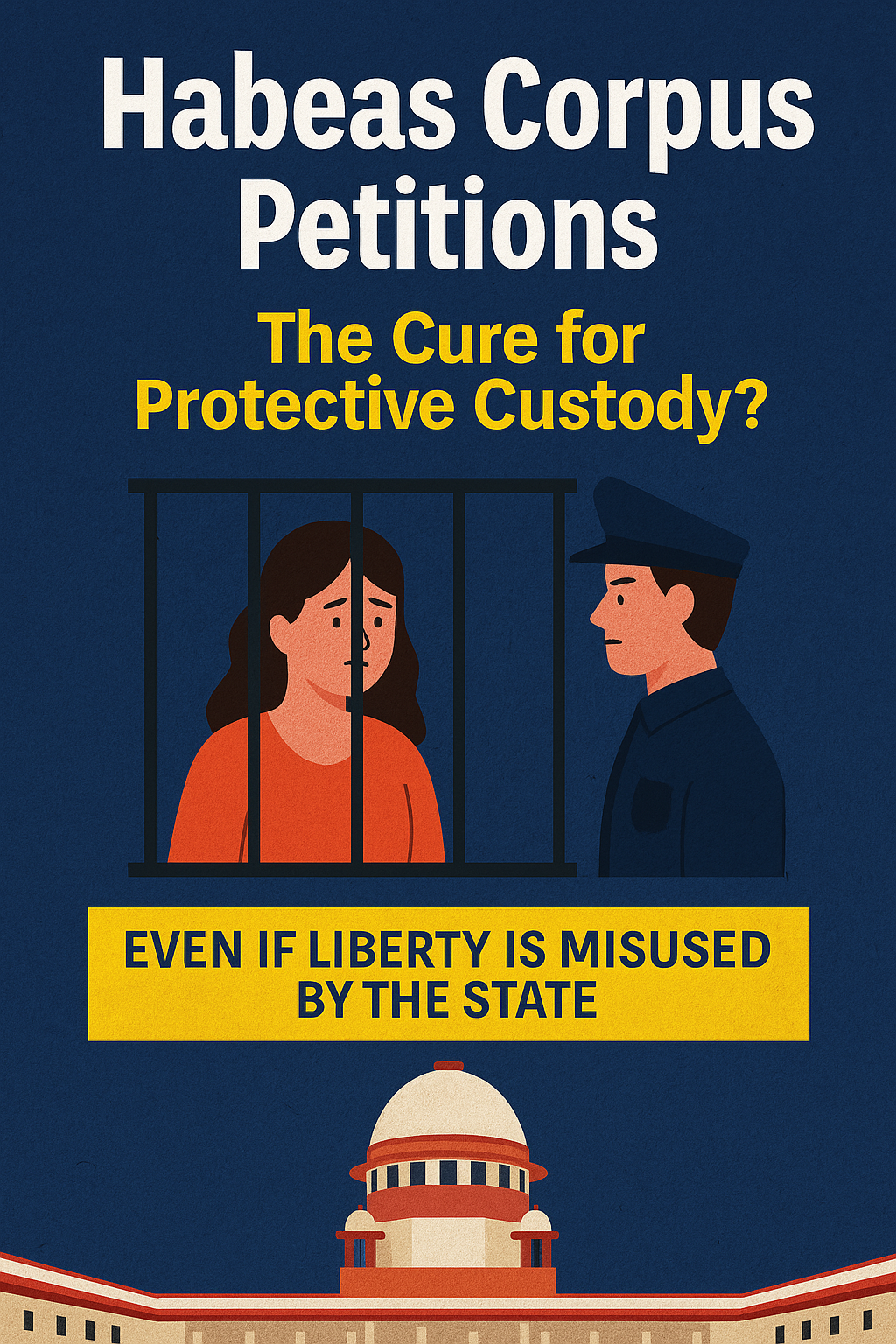









0 comments